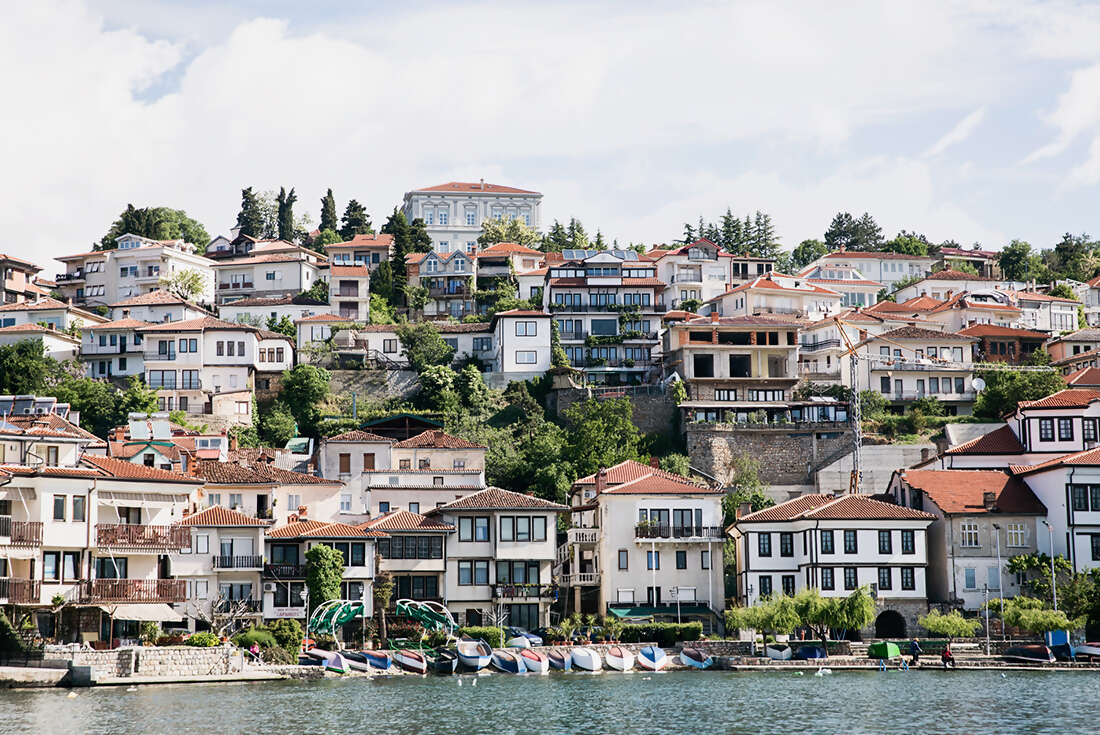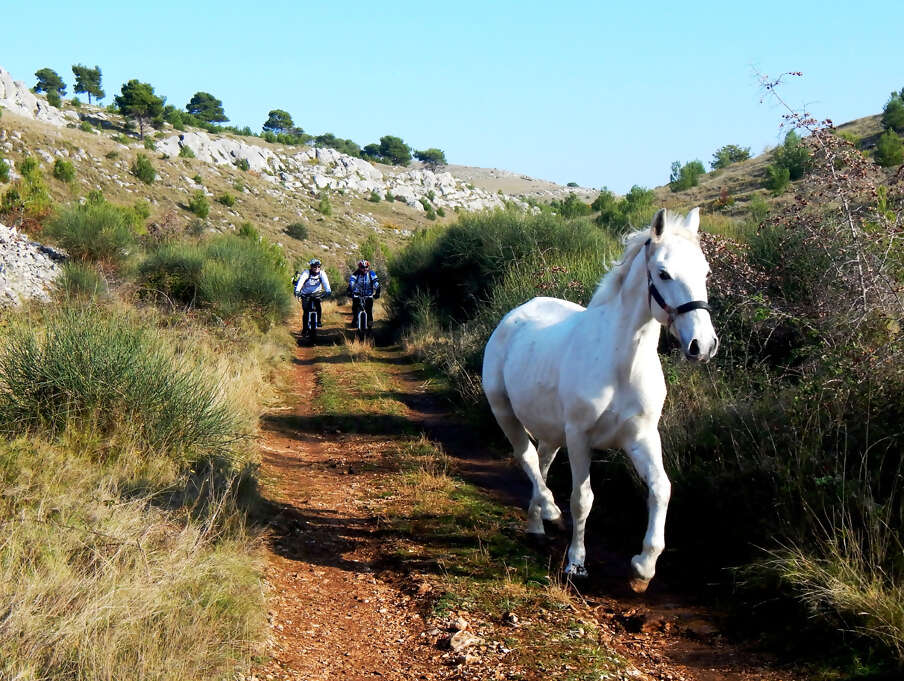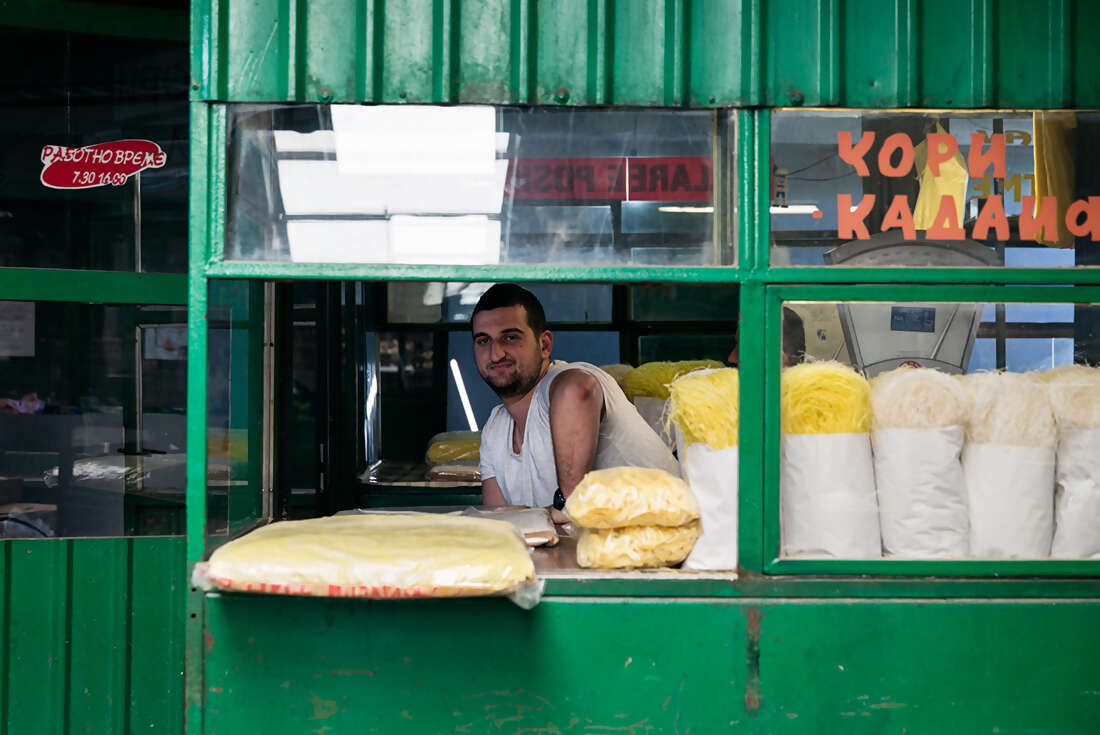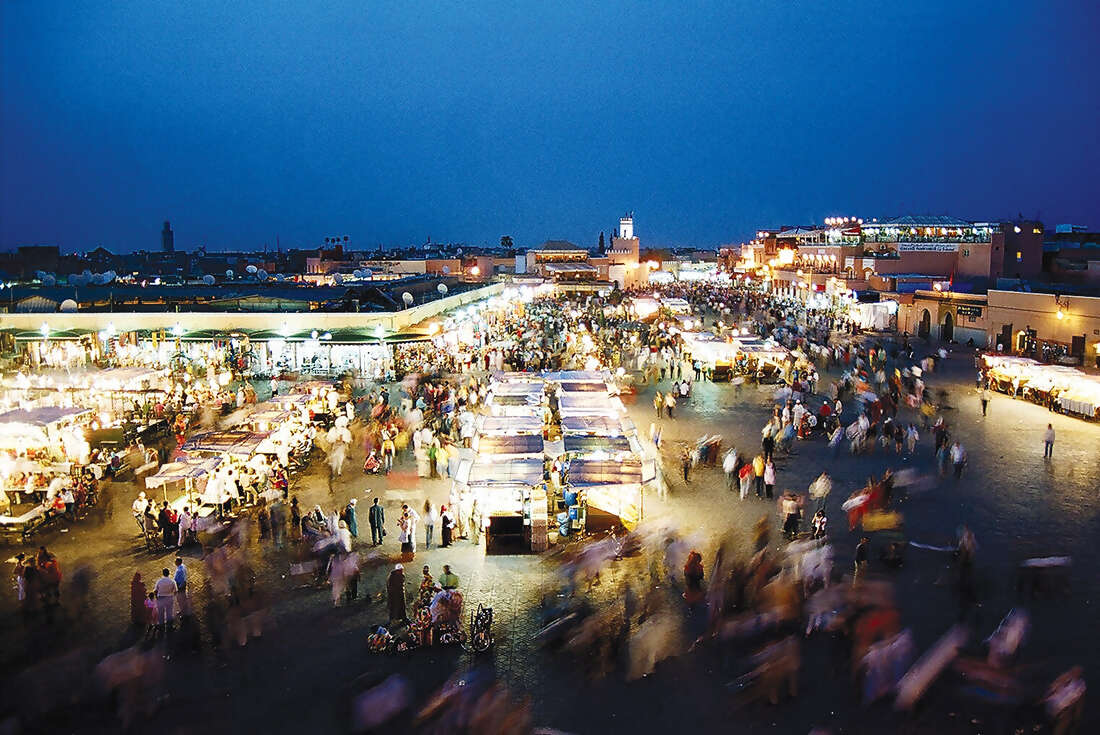 No one leaves this real food adventure hungry! Immerse yourself in the culinary delights of the Balkans on a 12-day tour through Croatia, Montenegro and Macedonia. Picnic on the lush banks of the Treska River, stroll through national parks and soak up picturesque scenes of waterfalls, church-filled villages and some of Macedonia’s most spiritual sites. Sip a traditional fermented drink – boza – for breakfast (don’t knock it ‘til you try it!), master the art of the perfect pastry with the village women of Janche, enjoy A traditional barbeque in Kosovo, dine on a home-grown meal in the private garden of a Dihovo family and visit a centuries-old olive press outside of Kotor. Experience next level hospitality on this unforgettable foodie adventure.
No one leaves this real food adventure hungry! Immerse yourself in the culinary delights of the Balkans on a 12-day tour through Croatia, Montenegro and Macedonia. Picnic on the lush banks of the Treska River, stroll through national parks and soak up picturesque scenes of waterfalls, church-filled villages and some of Macedonia’s most spiritual sites. Sip a traditional fermented drink – boza – for breakfast (don’t knock it ‘til you try it!), master the art of the perfect pastry with the village women of Janche, enjoy A traditional barbeque in Kosovo, dine on a home-grown meal in the private garden of a Dihovo family and visit a centuries-old olive press outside of Kotor. Experience next level hospitality on this unforgettable foodie adventure.Highlights
Discover why the Balkans are the next big thing in food – drink boza, rakija and wine, and taste pinjur, makalo, bieno cheese, ckembe corba and more in this adventurous foodie destination
Learn how to make the regional specialty of pastries with local village women in Janche
Meet a local beekeeper and get the buzz on honey in a bee master class
Taste one of the newest players on the world wine scene – sample Macedonia’s finest drops with a celebrated local expert
Explore a world hams and cheeses in a centuries-old smokehouse, and olive oil in local farm outside of Kotor










- You will visit the following places:
-

Dubrovnik
Dubrovnik is a gorgeous Croatian city on the Adriatic Sea coast positioned at the terminal end of the Isthmus of Dubrovnik. It is one of the most prominent tourist resorts of the Mediterranean and listed as a UNESCO World Heritage Site since 1979. The city is nicknamed "Pearl of the Adriatic". The success of Dubrovnik’s tourist industry has brought a certain degree of complacency and self-satisfaction. Certain aspects of the city’s appeal remain immune to tourist numbers, however, most notably the uniquely stunning setting and the unjaded straightforwardness of the Dubrovčani themselves.
-

Kotor
Kotor is a coastal town in Montenegro with a population of about 13,500. It is well-known for its World heritage medieval structures (including churches and fortifications) and its stunning natural setting at the very edge of the mountain-rimmed Kotor Bay. It is situated in a most secluded tip of Boka Kotorska bay, in the northern part of the Montenegro coast on the Adriatic Sea. Kotor has developed around Stari Grad (local language for "old town"), the city's old town and best known landmark, which is listed with UNESCO World heritage sites. Kotor Bay is the deepest natural fjord-like bay in the Mediterranean Sea, and the scenery around it (including the steep mountains which come almost straight down to the waters edge) is spectacular.